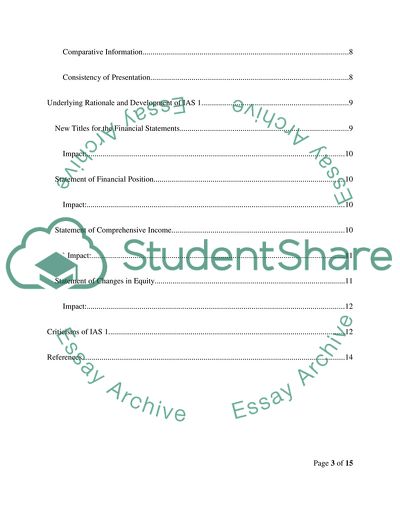Cite this document
(Advanced Accounting Theory & Practice Essay Example | Topics and Well Written Essays - 2000 words - 2, n.d.)
Advanced Accounting Theory & Practice Essay Example | Topics and Well Written Essays - 2000 words - 2. https://studentshare.org/finance-accounting/1770962-advanced-accounting-theory-practice
Advanced Accounting Theory & Practice Essay Example | Topics and Well Written Essays - 2000 words - 2. https://studentshare.org/finance-accounting/1770962-advanced-accounting-theory-practice
(Advanced Accounting Theory & Practice Essay Example | Topics and Well Written Essays - 2000 Words - 2)
Advanced Accounting Theory & Practice Essay Example | Topics and Well Written Essays - 2000 Words - 2. https://studentshare.org/finance-accounting/1770962-advanced-accounting-theory-practice.
Advanced Accounting Theory & Practice Essay Example | Topics and Well Written Essays - 2000 Words - 2. https://studentshare.org/finance-accounting/1770962-advanced-accounting-theory-practice.
“Advanced Accounting Theory & Practice Essay Example | Topics and Well Written Essays - 2000 Words - 2”. https://studentshare.org/finance-accounting/1770962-advanced-accounting-theory-practice.


